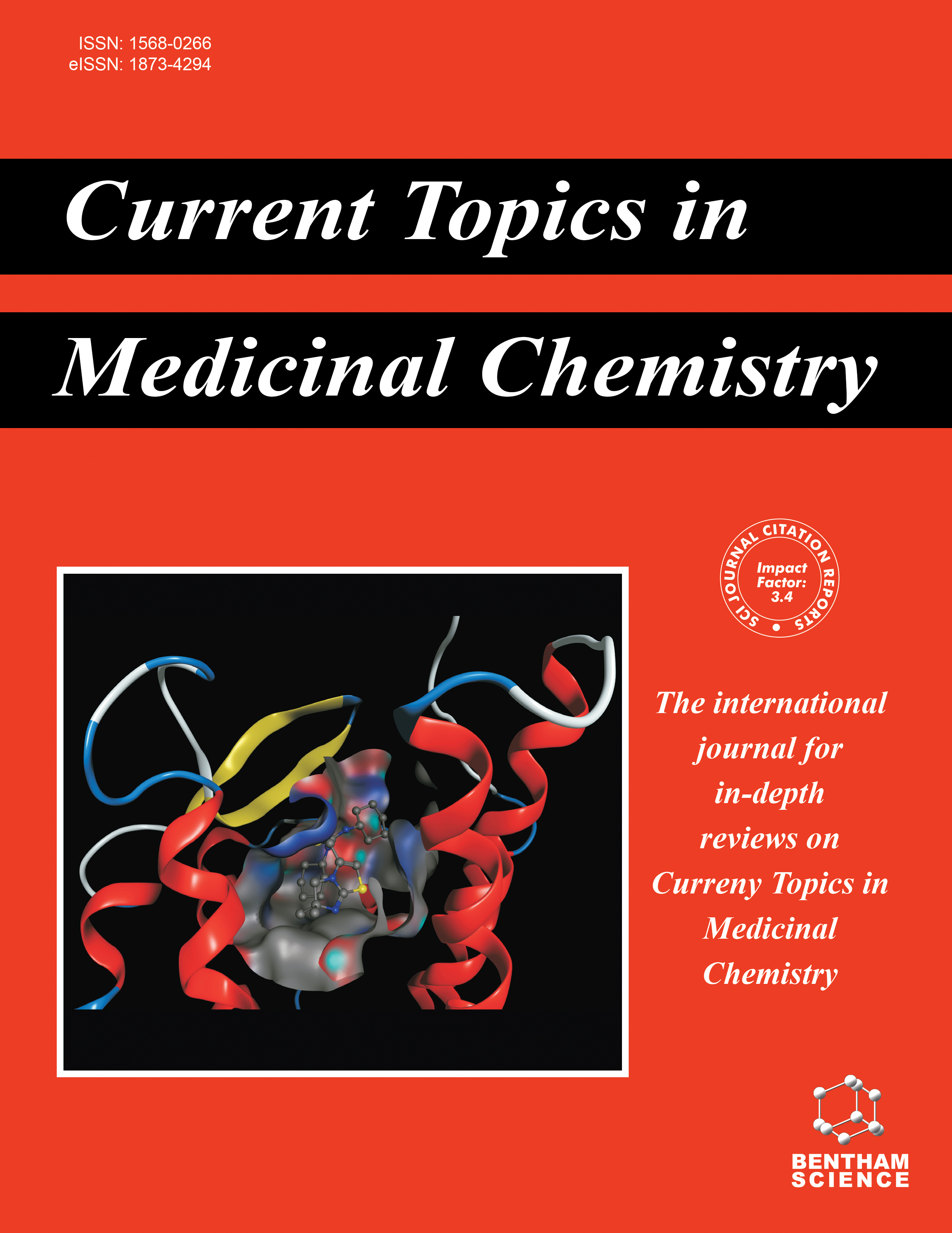
Full text loading...
We use cookies to track usage and preferences.I Understand
DNA repeats and motifs are specific nucleotide patterns/DNA sequences frequently present in the genomes of prokaryotes and eukaryotes. Computational identification of these discrete patterns is of considerable importance since they are associated with gene regulation, genomic instability, and genetic diversity and result in a variety of diseases/disorders.
In this article, the myriad of computational tools/algorithms and databases (~200 distinct resources) implicated in the detection of DNA repeats and motifs have been enlisted. This article will not only provide guidance to the users regarding the accuracy, reliability, and popularity (reflected by the citation index) of currently available tools but also enable them to select the best tool(s) to carry out a desired task.
The structured literature review, with its dependable and reproducible research process, allowed us to acquire 200 peer-reviewed publications from indexing databases, such as Scopus, ScienceDirect, Web of Science (WoS), PubMed, and EMBASE, by utilizing PRISMA (Preferred Reporting Items for Systematic Reviews and Meta-Analysis) regulations. Numerous keyword combinations regarding DNA repeats and motifs were used to create the query syntax.
Initially, 3,233 research publications were retrieved, and 200 of them that satisfied the eligibility criteria for the detection and identification of DNA repeats and motifs by computational tools were chosen. A total of 200 research publications were recovered, of which 99 dealt with repeat prediction tools, 12 with repetitive sequence databases, 19 with specialized regulatory element databases, and 69 with motif prediction tools.
This article lists numerous databases and computational tools/algorithms (~ 200 different resources) that are involved in the identification of DNA repeats and motifs. It will help users choose the appropriate tool(s) for carrying out a particular task in addition to offering guidance on the reliability, dependability, and popularity (as indicated by the citation index) of currently available tools.

Article metrics loading...

Full text loading...
References


Data & Media loading...
Supplements

